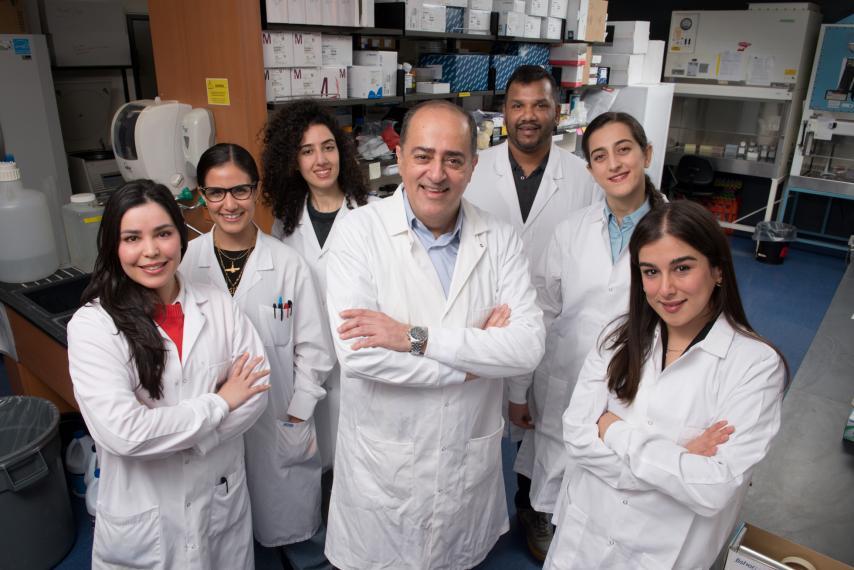Dr. Peter Sikkema Named to Canadian Agricultural Hall of Fame
The renowned weed scientist and long-time Alliance researcher, based out of the University of Guelph's Ridgetown Campus, has been named one of six 2025 inductees into the Canadian Agricultural Hall of Fame.
Known for his grounded, extension-focused approach, Sikkema has earned numerous accolades for research, teaching, and outreach. He was nominated for this honour by the Grain Farmers of Ontario (GFO).
